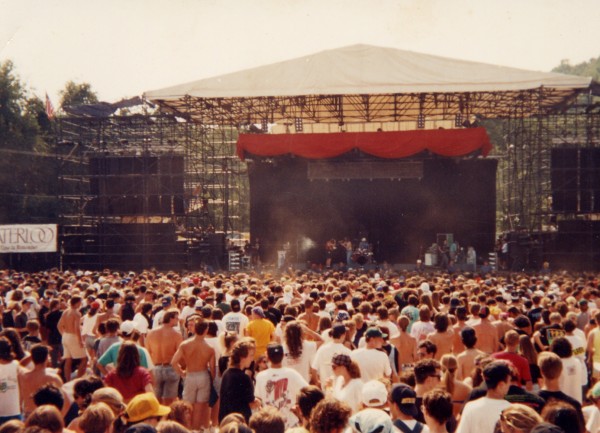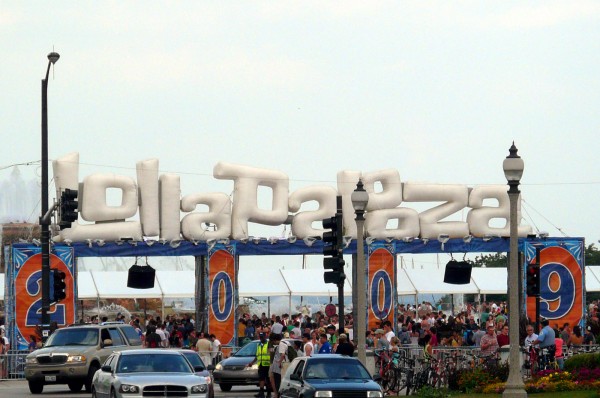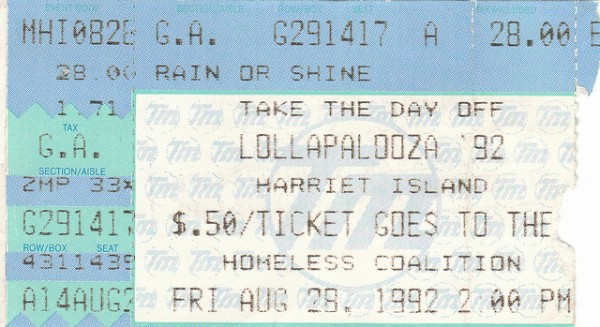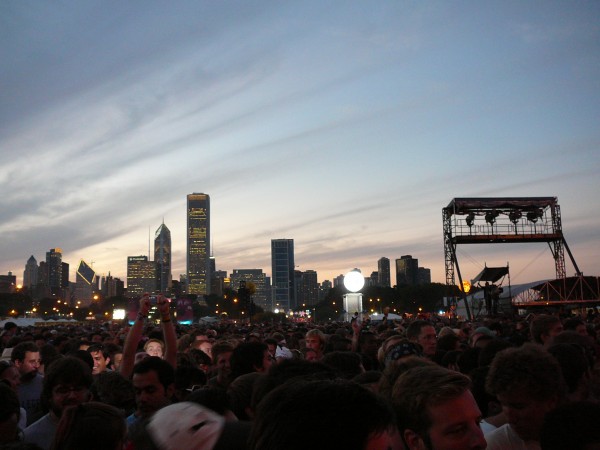Author: Robbie Faselt
The 2014 Lollapalooza Music Festival is coming around the corner on the first of August marking the 23rd year since its first edition as a touring festival in 1991. Today, Lollapalooza is one of the biggest–if not the biggest–music festival in the United States. With over 60 music festivals occurring in the United States this year alone, that is quite an accomplishment.
In recent years, music festivals have exploded in popularity with new ones popping up every year in different parts of the country. Even as recently as 2006, music festivals were a rare occurrence. In that year, the only festivals that an average person would be familiar with were Coachella, Bonnaroo, and Lollapalooza. Now music festivals are a huge part of American youth culture with thousands of people attending each of these major festivals every year. Over 300,000 people attended last year’s Lollapalooza, which sold out only a few hours after tickets went on sale. But Lollapalooza did not begin with the intention of being a huge musical enterprise.
The first Lollapalooza was inspired by a music festival that occurred in 1990 called the Gathering of the Tribes. Located in Costa Mesa, California, it featured artists such as Ice-T, Soundgarden, and Iggy Pop. Perry Farrell, the lead singer of the band, Jane’s Addiction, wanted to recapture the ambience he experienced at the Gathering of the Tribes with a new festival that would serve as a farewell tour for Jane’s Addiction.
Farrell, along with Jane’s Addiction’s manager at the time, Ted Gardner, and Marc Geiger, an American music executive, came up with the idea for a touring festival, which they eventually named Lollapalooza, which is a word that Farrell chose because of its euphonious nature. Their idea was to recruit a group of artists to perform in various cities across the U.S. and Canada over the summer of 1991.
The inaugural Lollapalooza tour featured ten bands that all performed on one main stage one after another for 26 dates in 18 U.S. cities from July 18 to August 28. The artists included Jane’s Addiction, Nine Inch Nails, and the Violent Femmes. But the festival also featured some non-musical elements, including freak shows, art displays and informational booths promoting political and environmental awareness. The 1991 Lollapalooza was such a huge success that even when Jane’s Addiction broke up, the festival continued with Perry Farrell still running the show. The 1992 edition consisted of a main stage and a side stage. It featured 36 artists including the Red Hot Chili Peppers, Ice Cube, and Pearl Jam and expanded to 36 dates in 26 cities, including two dates in Canada.
Lollapalooza continued its touring festival every summer from 1991 until 1997, but by then, its popularity was declining, so much so that in 1998, the festival was cancelled when no major headlining bands would agree to play it. This was primarily a result of Perry Farrell’s departure from Lollapalooza and the William Morris Agency stepping in, trying to make the festival more mainstream. This alienated many of the festival’s fans that grew accustomed to attending the event to see alternative bands.
This was not the end of Lollapalooza, though. Perry Farrell took the reigns from the William Morris Agency in 2003 and scheduled another tour with a reconvened Jane’s Addiction. But after an unsuccessful tour that year and a 2004 tour that had to be completely cancelled, Farrell decided to try something new. Perhaps taking after Coachella and Bonnaroo in scheduling a festival in a single location; in 2005, Farrell partnered with Capital Sports & Entertainment–now C3 Presents–and organized a festival in Chicago, Illinois’s Grant Park.
In 2005, Lollapalooza was a two-day festival that featured 70 artists on five stages. Over 65,000 people made their way to Grant Park that year and ever since then, Lollapalooza has remained in Grant Park and has become one of the biggest festivals in the United States. It is now a three-day festival that occurs on the first weekend of August every summer and is a place, as its founder, Farrell, can attest to that bands both new and old can come to, to spread their music to thousands of people.
“Lollapalooza is a place where young upstarts become legends, and legends return to claim their fame.” – Perry Farrell
Comment |
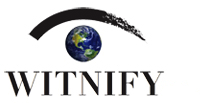
 Share on Facebook
Share on Facebook
 Tweet
Tweet
 Add My Story
Add My Story